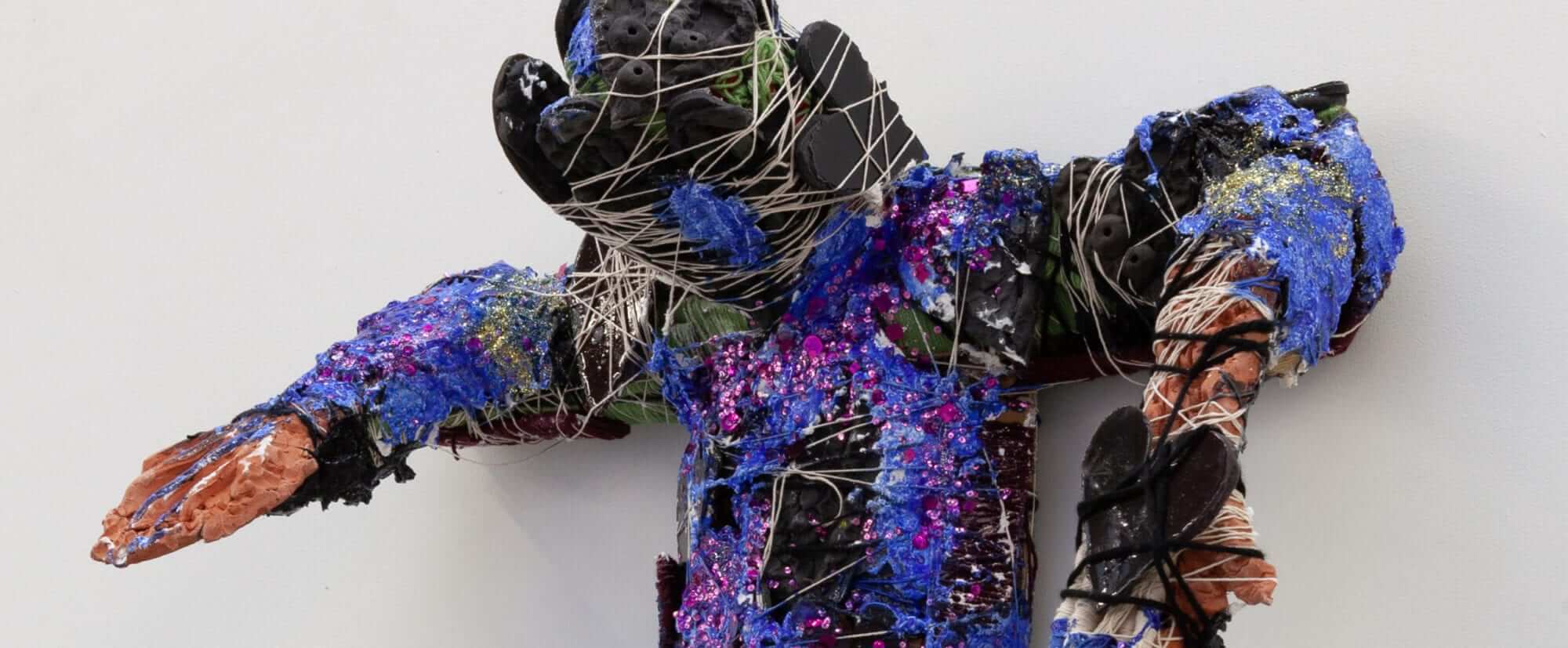ATLANTA––In 1817 The Society of the Separatists of Zoar, or Zoarites, arrived in Ohio. Together 200 separatists emigrated from Württemberg, in southwestern Germany, fleeing religious oppression from the dominate Lutheran church. They wanted to practice a simpler form of Christianity based on the writings of Jakob Böhme, a unique Lutheran Protestant theologian, philosopher, and mystic. Böhme’s concerns concentrated on sin, evil and redemption, however breaking with church was his questioning of the Fall of Man, contending a condition of reaching God, was for man to first pass through hell. Divine life being dependent on time spent with shame.



Sympathetic Quakers lent the Zoarites money to buy nearly 5000 acres, 20 miles south of Canton, but the community realized quickly that they needed to combine their money and skills in order to survive. They sought an alternative to individualism, forming communist micro-society. During the early construction of the Ohio & Erie Canal the men of Zoar were hired to for excavation of dirt. The town was easily accessible on the canal system and Zoar became a shipping port for barter and trade during a period of great prosperity. The group lasted for nearly 80 years. When Joseph Bimeler, the society’s leader, passed in 1953 the community ties began to decline. They vote to cease being a communal settlement in 1898.

Here we stand in Atlanta for a similar convening. There is no dress code inside this tent. No choir, nor a bulletin. But the congregation is energetic and fully participatory. Presbyterian, Baptist, Methodist, Lutheran… this is a place to reach the lost, those with tender hearts. Those that want to share. Under the big top is a transient group who have come to the revival to be filled with the spirit, to experience something beyond this immediate world. Chicago-based artist William J. O’Brien created this exuberant sanctuary (May 9, 2019 – August 4, 2019) for his other-worldly parishioners, fetishistic and ritualistic figures empowered by the glory.

Through drawing, painting, sculpture, and ceramics, O’Brien’s practice is rooted in emotion and remembrances. His works are lush, fruity, and carnal, both they are both committed and bizarre. Together a world has been created that is deeply tactile, that bolsters communal bonds with each stop the big tent makes up and down the road. As we begin to gather there is an energy in our faces. The lid is off. Each of us are welcome, especially those that have taken the fall.

About the Artist: William J. O’Brien received his MFA from the School of the Art Institute of Chicago, in Fiber and Material Studies.He has recently had solo exhibitions at theMadison Museum of Contemporary Art (2018); Shane Campbell Gallery, Chicago (2018); KMAC Museum, Louisville, KY (2017), and the Museum of Contemporary Art, Chicago (2014). Selected group exhibitions include: Museum of Arts and Design, New York (2018); DePaul Art Museum, Chicago (2017); Minnesota Street Project, San Francisco (2016); Peres Projects, Berlin (2016), and Invisible-Exports, New York (2016).He is an Associate Professor of Ceramics at the School of the Art Institute of Chicago. William is represented by Shane Campbell Gallery, Chicago and Marianne Boesky Gallery.







Text from gallery. Images courtesy of Atlanta Contemporary, Atlanta

I had the privilege of getting to know Bill at an artist residency in Wyoming at UCross Foundation. We bonded immediately and I can say as a fellow artist (from my heart and my intellect) he is truly the real deal.
He is amazing and nothing should be changed or extracted from this exhibition!!
Would look better without the strings.